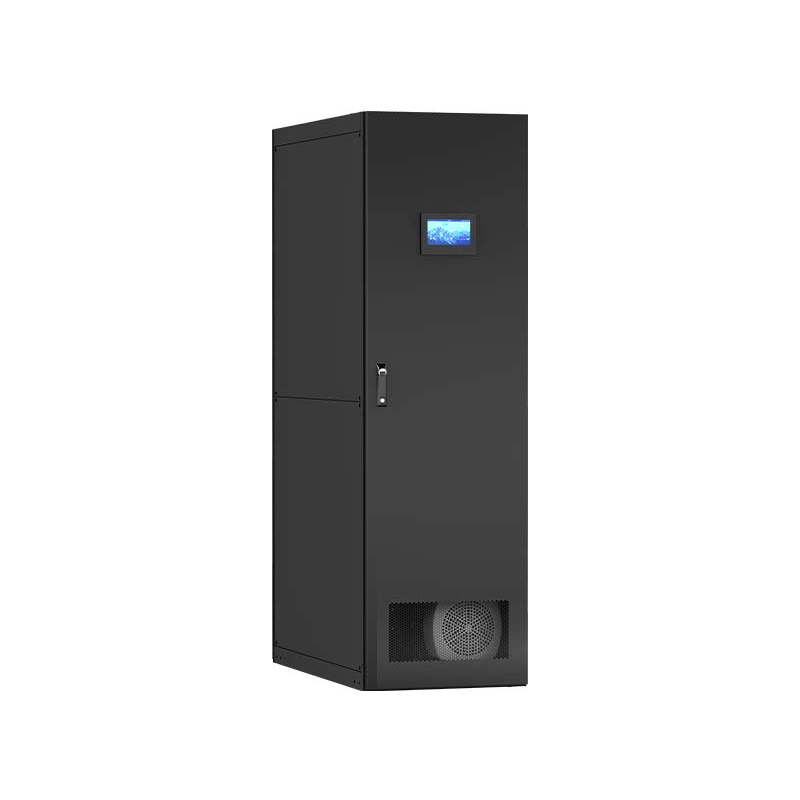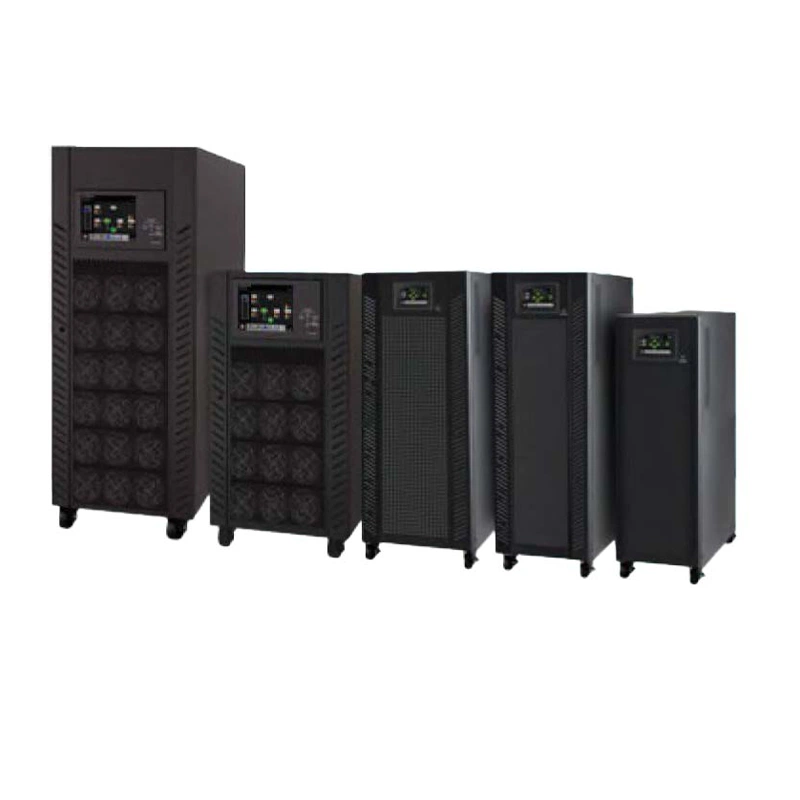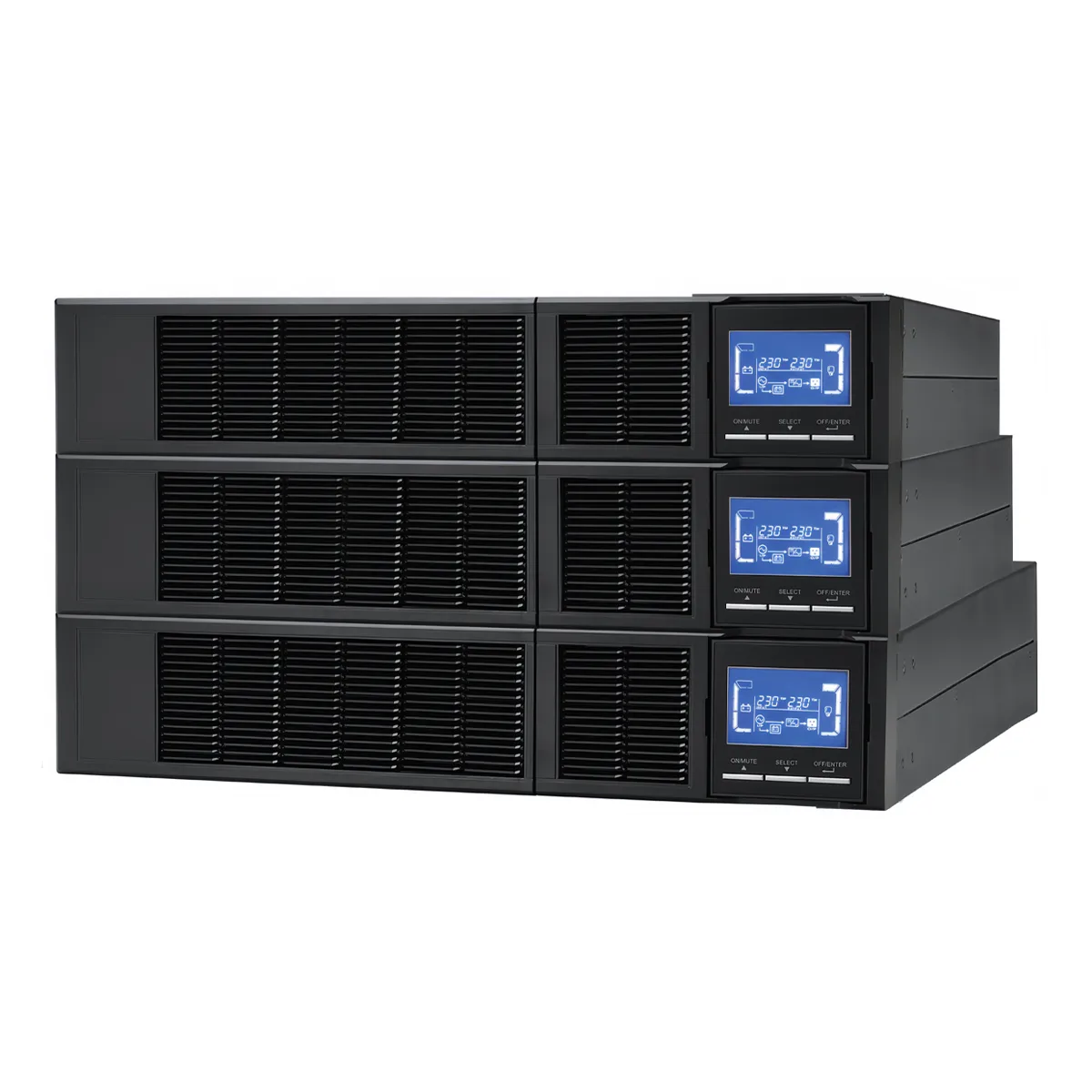Guia completo para resfriamento de racks em data centers
Release time: 2025-10-09
Índice
Why Rack Cooling in Data Centers Matters
As modern data centers house thousands of servers, rack cooling is critical for preventing overheating, reducing downtime, and maintaining operational efficiency. High temperatures can damage CPUs, GPUs, and storage devices, leading to costly failures. Implementing effective rack cooling ensures:
- Equipment Longevity: Protects sensitive components from thermal stress.
- Operational Reliability: Minimizes unexpected shutdowns.
- Eficiência Energética: Optimizes airflow and reduces unnecessary HVAC usage.
- Compliance: Meets industry standards like ASHRAE and Uptime Institute Tier certifications.
Investing in rack-level thermal management is essential for sustainable and reliable data center operations.
How Rack Cooling Works: Principles and Methods
Rack cooling focuses on targeted temperature control at the rack level rather than cooling the entire room. Key steps include:
- Cold Air Delivery: Cool air is supplied to the front of the server rack.
- Heat Absorption: Servers use this air for internal temperature regulation.
- Hot Air Exhaust: Heated air is expelled from the rear, returned to the cooling system, and conditioned.
Rack cooling vs. traditional room cooling: Unlike conventional cooling, rack-level solutions prevent hot spots, improve airflow efficiency, and reduce energy consumption. Monitoring temperature differences and airflow rates ensures optimal performance.
Common Types of Rack Cooling Solutions
1. Air-Based Rack Cooling
Air cooling uses hot aisle/cold aisle containment and fans to maintain airflow.
Prós: Cost-effective, easy installation, widely compatible
Contras: Less efficient for ultra-high-density racks (>10-15 kW/rack)
2. Rear Door Heat Exchangers
A heat exchanger mounted on the rack’s rear cools hot exhaust air before returning it to the data center.
Prós: Efficient for high-density racks
Contras: Requires chilled water, higher initial cost
3. In-Row Cooling
In-row units sit between racks, actively drawing hot air and supplying cold air.
Prós: Ideal for modular or dense data centers
Contras: Less scalable for very large facilities
4. Liquid Cooling
Liquid cooling circulates coolant to absorb heat more efficiently than air.
Prós: Handles extreme densities, reduces energy consumption
Contras: Complex setup, higher upfront cost
Key Considerations for Deploying Rack Cooling Systems
Ao selecionar um rack cooling solution, consider:
- Rack Density: High-density racks may require advanced solutions like liquid or in-row cooling.
- Eficiência Energética: Choose systems that reduce fan and HVAC energy use.
- Escalabilidade: Modular designs allow easy expansion.
- Redundância: Backup cooling ensures uninterrupted operations.
- Environmental Factors: Monitor airflow and humidity to avoid hot spots or condensation.
Evaluating these factors ensures a cost-effective, reliable, and future-proof cooling strategy.
Future Trends: Convergence of Rack and Liquid Cooling
The industry is shifting toward hybrid rack-liquid cooling systems to support high-density and high-performance environments.
Benefits include:
- Support for Ultra-High-Density Racks (>30 kW/rack)
- Eficiência Energética: Coolant absorbs heat more effectively, reducing fan/HVAC load
- Compact Footprint: Enables more servers in less space
Hybrid cooling is becoming the standard for modern, sustainable data centers.
Soeteck Rack Cooling Solutions: Reliable and Efficient
Soeteck rack cooling systems combine precision airflow management, energy efficiency, and scalability:
- Smart fan speed control with real-time thermal monitoring
- Compatible with both air and liquid cooling
- Integration with hot/cold aisle containment
- Modular design for flexible expansion
Soeteck solutions are suitable for small server rooms to enterprise-scale data centers, providing reliable cooling and long-term savings.


